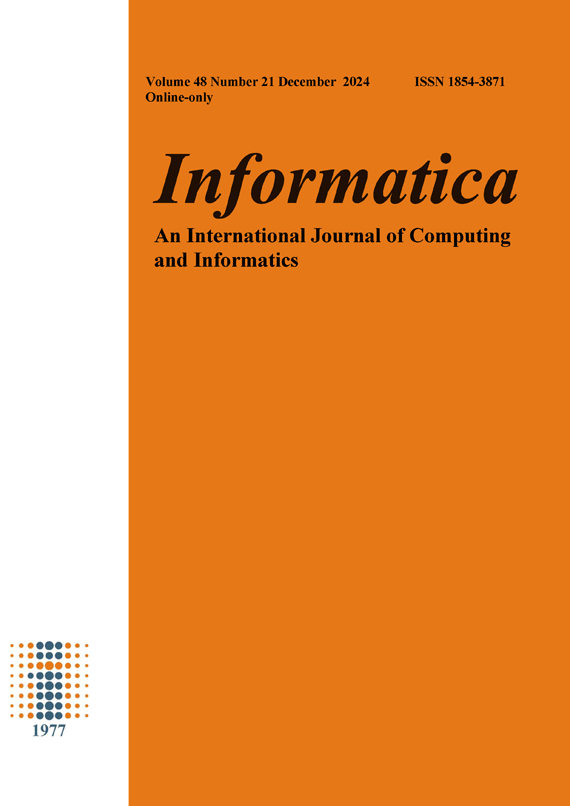Intelligent Car Autonomous Driving Tracking Technology Based on Fuzzy Information and Multi-sensor Fusion
DOI:
https://doi.org/10.31449/inf.v48i21.6636Abstract
Car autonomous driving technology is a key development direction in the future, but road environment data is relatively complex, and single sensor driven autonomous driving algorithms have the problem of insufficient trajectory prediction accuracy. In response to this, this study uses fuzzy information to construct a fuzzy neural programming network for data processing, and uses a fuzzy sample dataset for training. The multi-sensor autonomous driving tracking algorithm is used to fuse and calculate the data collected by the sensors. The data is transformed into a Cartesian coordinate system to calculate the predicted lateral and longitudinal distance, velocity, and acceleration of the tracking algorithm. The results demonstrated that the distance and speed predicted by the driving tracking algorithm were basically consistent with the true values, and the longitudinal distance was 0.34 m and 0.28 m higher than the square root Kalman filtering algorithm and the extended Kalman filtering algorithm, respectively. The longitudinal velocity denoising accuracy of the algorithm has been improved by 18.65% and 31.27% compared to other algorithms. Therefore, the autonomous driving tracking algorithm was better able to maintain a safe distance than other algorithms, and its acceleration changes were smoother, improving the ride comfort and safety of the vehicle. The tracking algorithm has a stronger ability to remove noise from sensors and can adapt to more diverse environments. The designed fuzzy information and multi-sensor fusion tracking algorithm for car autonomous driving provides a reference for subsequent research on automotive autonomous driving technology.
Downloads
Published
Issue
Section
License
I assign to Informatica, An International Journal of Computing and Informatics ("Journal") the copyright in the manuscript identified above and any additional material (figures, tables, illustrations, software or other information intended for publication) submitted as part of or as a supplement to the manuscript ("Paper") in all forms and media throughout the world, in all languages, for the full term of copyright, effective when and if the article is accepted for publication. This transfer includes the right to reproduce and/or to distribute the Paper to other journals or digital libraries in electronic and online forms and systems.
I understand that I retain the rights to use the pre-prints, off-prints, accepted manuscript and published journal Paper for personal use, scholarly purposes and internal institutional use.
In certain cases, I can ask for retaining the publishing rights of the Paper. The Journal can permit or deny the request for publishing rights, to which I fully agree.
I declare that the submitted Paper is original, has been written by the stated authors and has not been published elsewhere nor is currently being considered for publication by any other journal and will not be submitted for such review while under review by this Journal. The Paper contains no material that violates proprietary rights of any other person or entity. I have obtained written permission from copyright owners for any excerpts from copyrighted works that are included and have credited the sources in my article. I have informed the co-author(s) of the terms of this publishing agreement.
Copyright © Slovenian Society Informatika








